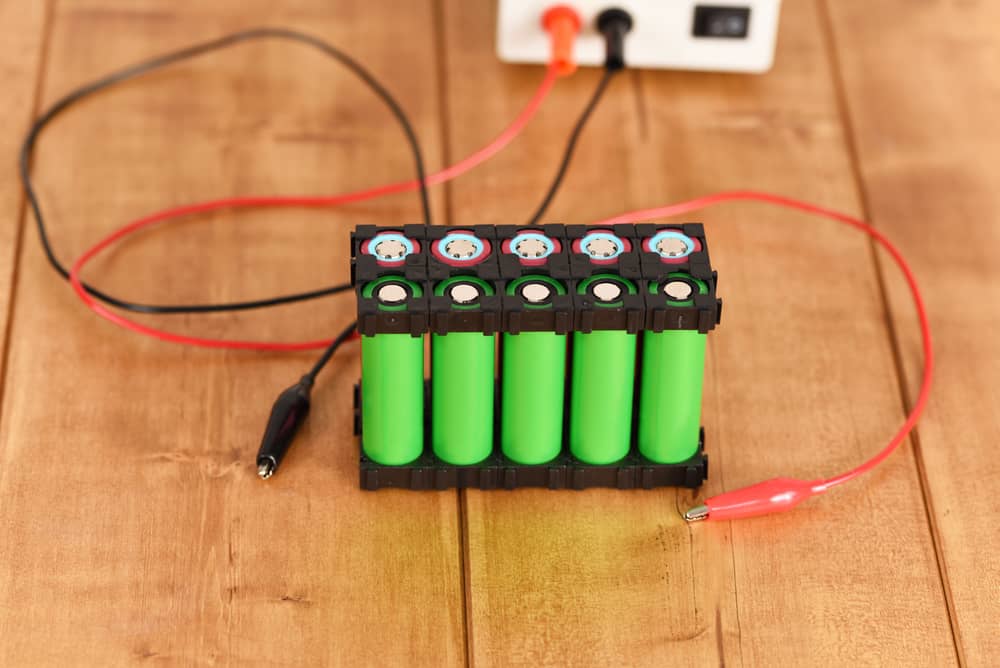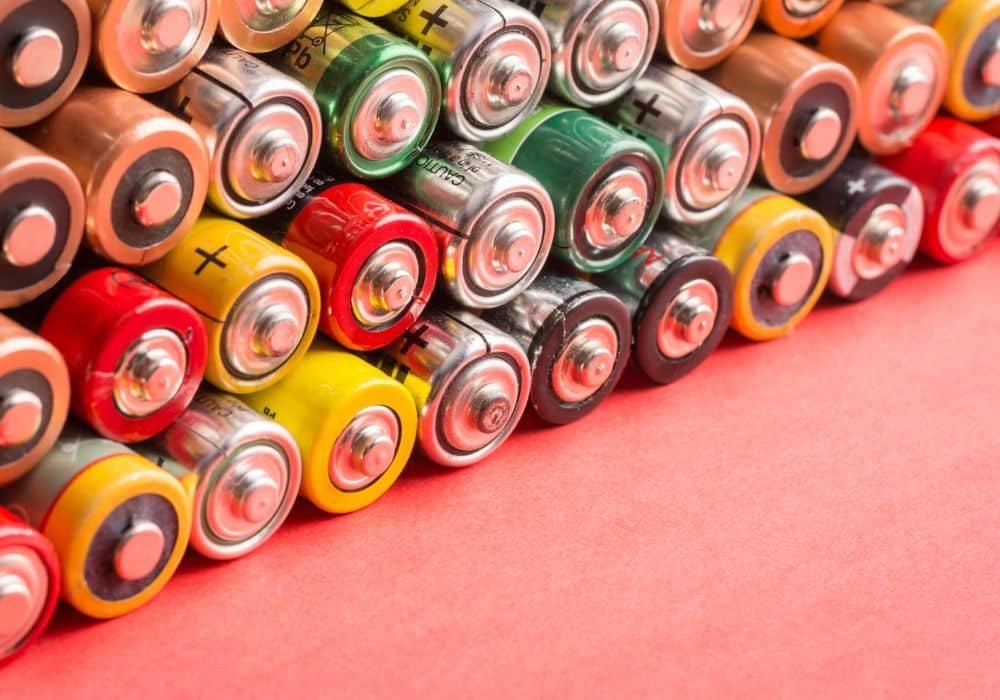Do you know that some devices only work with a certain battery type? Machines with specific energy requirements need to comply with the apt power source for them to do their task efficiently. And in terms of popularity, there are two contenders that continuously top off our list―18650 and AA batteries.
Despite their renowned status, these two battery types have unique features that make them different from one another. And in this guide, we will have a detailed discussion and a thorough comparison between these popular batteries. So, let’s get started and learn more about 18650 battery vs aa.
Table of Contents
What is a 18650 battery?
Also known as a 18650 cell, a 18650 is tagged as a lithium-ion battery. If you’re wondering what the numerical figures represent, these actually refer to the physical dimensions of the battery. It means that the standard size of a 18650 cell is 18 mm and 65 mm long.
Meanwhile, the number of digits, which is 5, implies the cylinder cell. 18650 batteries typically work for around 1800 to 3500 mili-amp-hours. Its charging voltage, on the other hand, ranges from 2.5 volts to 4.2 volts, although the nominal voltage is 3.7v.
A distinct feature of this specific cell is that it can be utilized for depletion. This signifies that a 18650 serves as a rechargeable Li-ion battery. In general, 18650 battery packs come with a charging cycle ranging from 500 to 800.
As to the charge and discharge rates, these vary depending on the battery usage. For instance, power batteries use 3-5C, which is higher than most energy storage batteries that have 0.5-1C. There’s also the Lifepo4 battery that may be recharged up to 4000 times based on manufacturers’ guidelines.
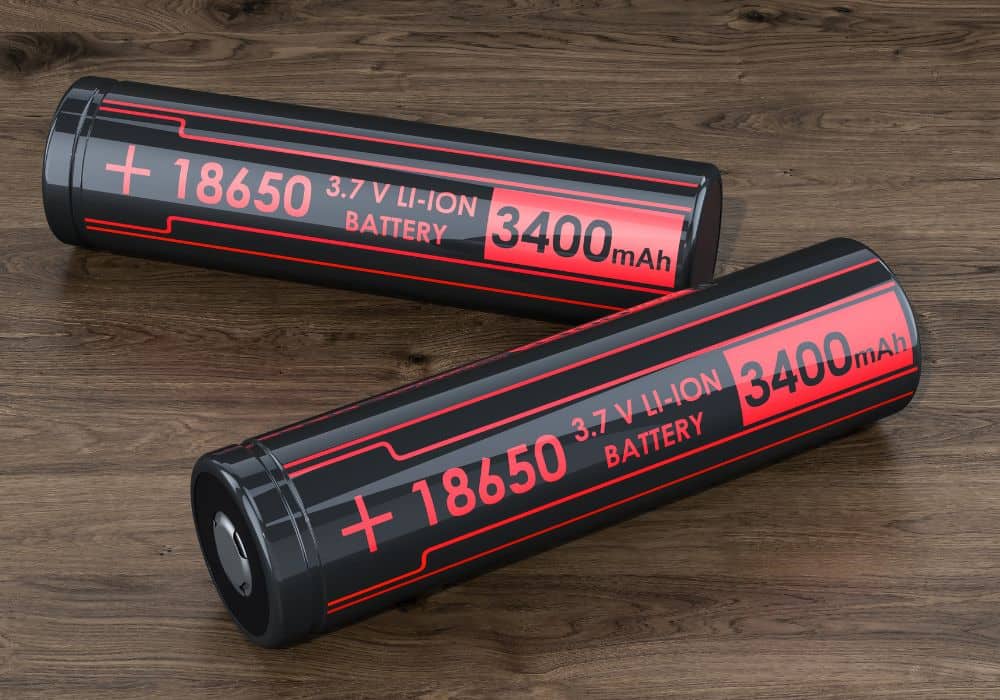
These rechargeable lithium-ion batteries are further categorized into two types―protected and unprotected batteries. The protected battery is the best choice as these encompass protection circuits, which act as a stopper to avoid damage and ensure safety in case of the battery overcharging.
In terms of high-drain devices and applications, the number of charge cycles may diminish significantly. Likewise, these rechargeable batteries may be substituted with other battery types like 14500, 16340, 21700, and 26650.
Most 18650 batteries are incorporated in laptops, electronic devices, flashlights, and vape pens. Some electric vehicles also capitalize on these rechargeable cells.
What is an AA battery?
AA battery or Double-A battery is considered to be the standard size of a cylindrical battery. It is a heavy-duty cell that may contain lithium, Ni-MH, or alkaline. Because of its output power, it can run devices that need high energy such as radios, flashlights, toys, and headlamps.
It has a capacity of 2000 up to 3000 mAh and a cell voltage f around 1.2V to 1.5V. And when we talk about AA cells, these are also associated with AAA batteries, which are the smaller version. In comparison, Triple-A batteries are utilized for both low-energy and even high-drain devices.
Unlike 18650, the term AA does not represent a certain meaning. It’s just an identifier used to signify its nominal specifications and voltage. Additionally, AA batteries are generally not rechargeable as these are swappable power cells.
Two of the most popular non-rechargeable types of AA batteries are lithium and alkaline batteries. Lithium AA batteries, in particular, are robust cells highly suitable for short-term use, although they could last for a long time. The average shelf life of these batteries is around 9 years.
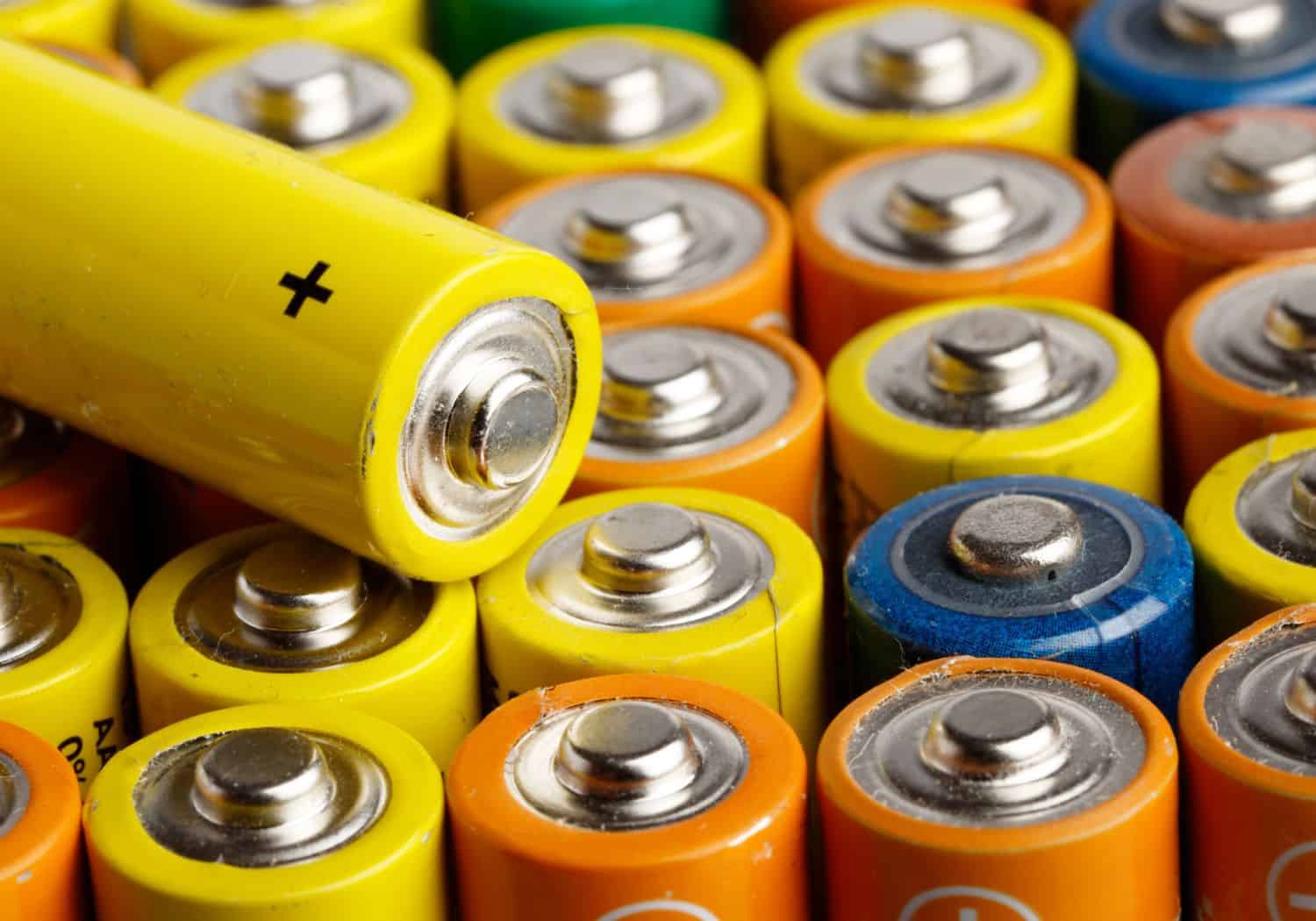
Moreso, these specific Lithium batteries are designed for high-drain equipment and devices like digital cameras, handheld power tools, and electric appliances. Do take note that lithium-AA and lithium-ion batteries are different. The latter are rechargeable ones often used for laptops, phones, and drones.
On the other hand, alkaline AA batteries are those that are incorporated into low-powered devices. These include mini accent lightings, mini flashlights, remotes, miniature toys, and wall clocks, among others.
Despite the general notion that AA batteries are nonchargeable, there have been several advancements in the market that led to the creation of rechargeable AA batteries. The most common variant is the NiMH battery, which has higher energy and lesser toxic metal elements.
What are the major differences between 18650 and AA batteries?
To outline all the key features of both 18650 and AA batteries, we will list itemized them according to certain aspects. These include the physical dimension, capacity & charging voltage, energy density, usage, and performance.
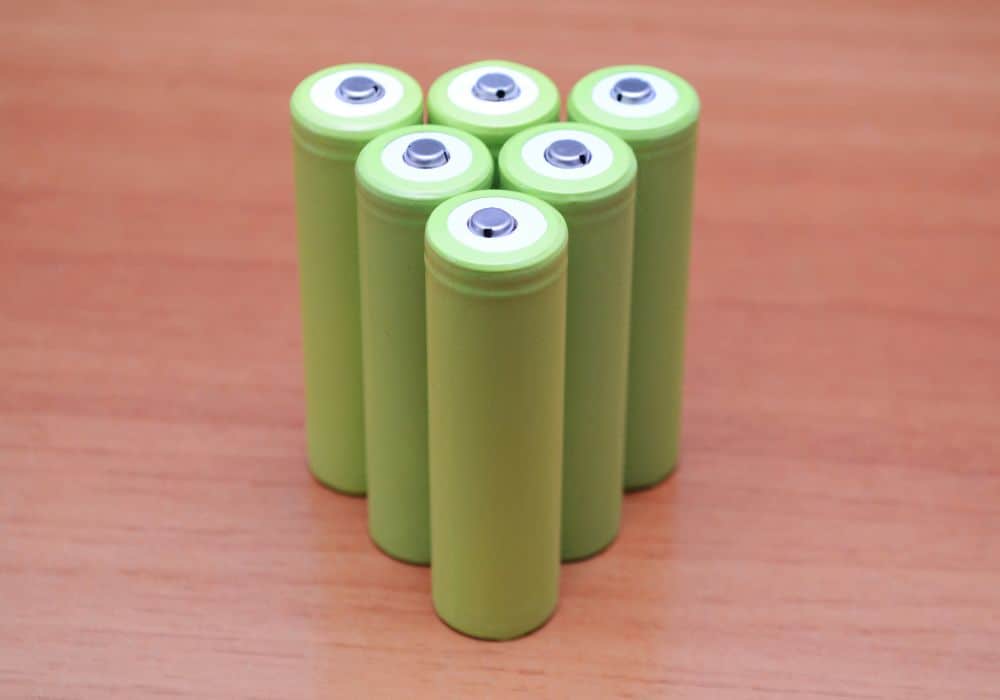
1. Physical dimensions
- 18650: 18 mm and 65 mm
- AA: 14.5 × 50.5 mm
2. Capacity & charging voltage
- 18650: 1800 to 3500 mAh; 2.5 volts up to 4.2
- AA: 2000 up to 3000 mAh; 1.2V up to 1.5V
3. Energy density
- 18650: 150-220 Wh/kg
- AA: 297 Wh/kg c
4. Performance
- AA: higher capacity means it can store more energy, which then equates to longer usage
- 18650: lower capacity generates high nominal voltage ideal for short yet high-drain devices
5. Usage
- 18650: flashlights, laptops, vape pens as well as electronic devices and electric cars like scooters, bikes, and cars
- AA: home appliances, remotes, small toys, clocks mini lightings, thermometers, and handheld power tools
Where to buy these batteries?
Since both 18650 and AA batteries are widely used for a variety of purposes, these are readily available at local hardware stores in your area. If you want a seamless shopping experience, there’s Amazon that offers an extensive selection of commercial batteries. eBay is a great option too.
And when buying these items, it’s best that you pick those with a renowned reputation. Buying cheaper yet low-quality batteries may appear to give you savings but are actually way more troublesome and costlier. So, as much as possible, select first-rate batteries that would stay true to their claims.
Conclusion
Choosing the right battery largely depends on the requirements set by the manufacturer. Therefore, it’s important that you follow their guidelines to ensure better performance and a longer device lifespan. If you are quite hesitant, try to assess your specific needs.
Do you need it for long-running devices? Or do you require it for high-drain electronics? Aside from answering these questions, don’t forget to read through the main features of each battery type, together with their detailed comparison. In case you need further help, contact an esteemed battery retailer.
